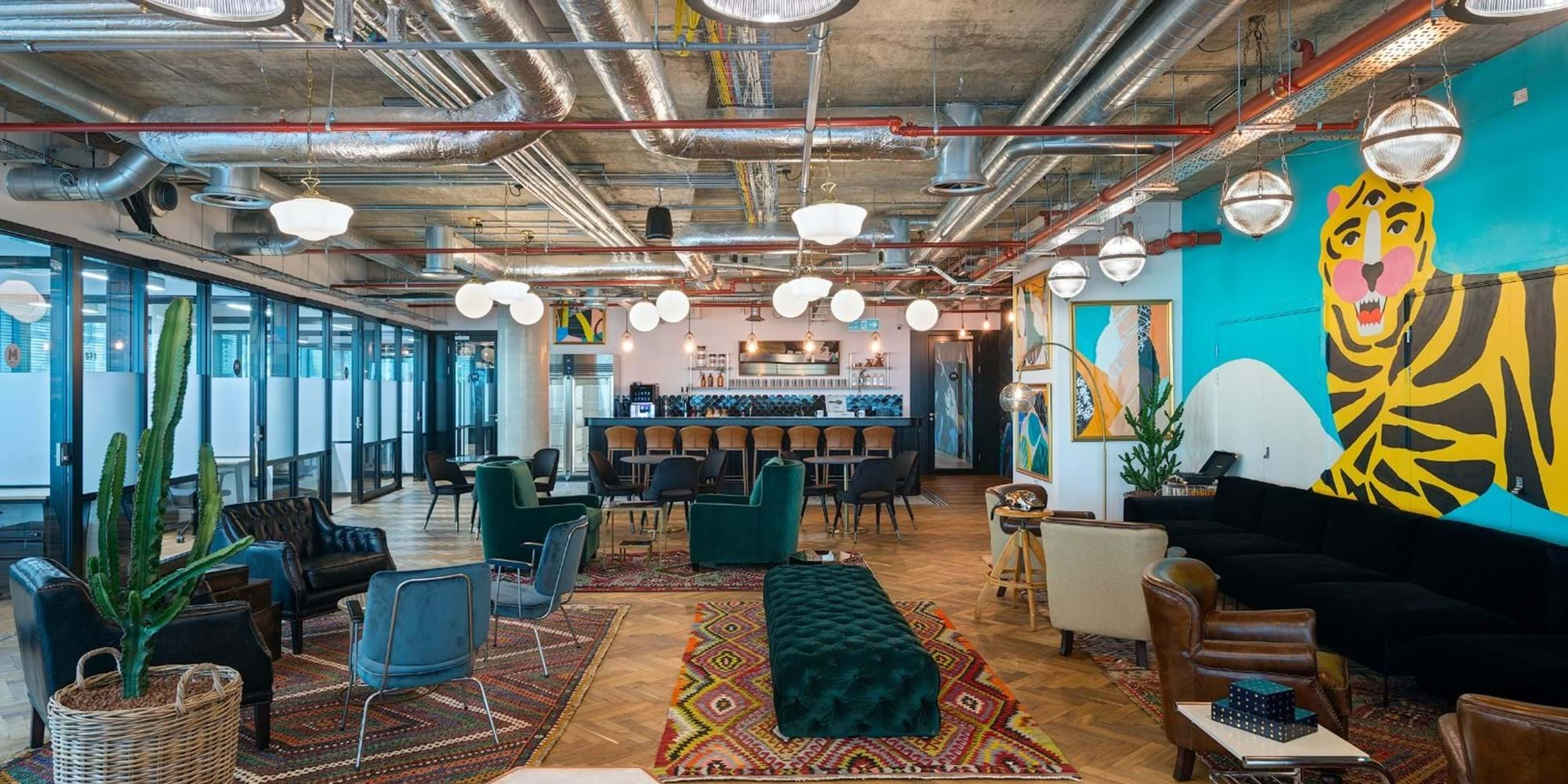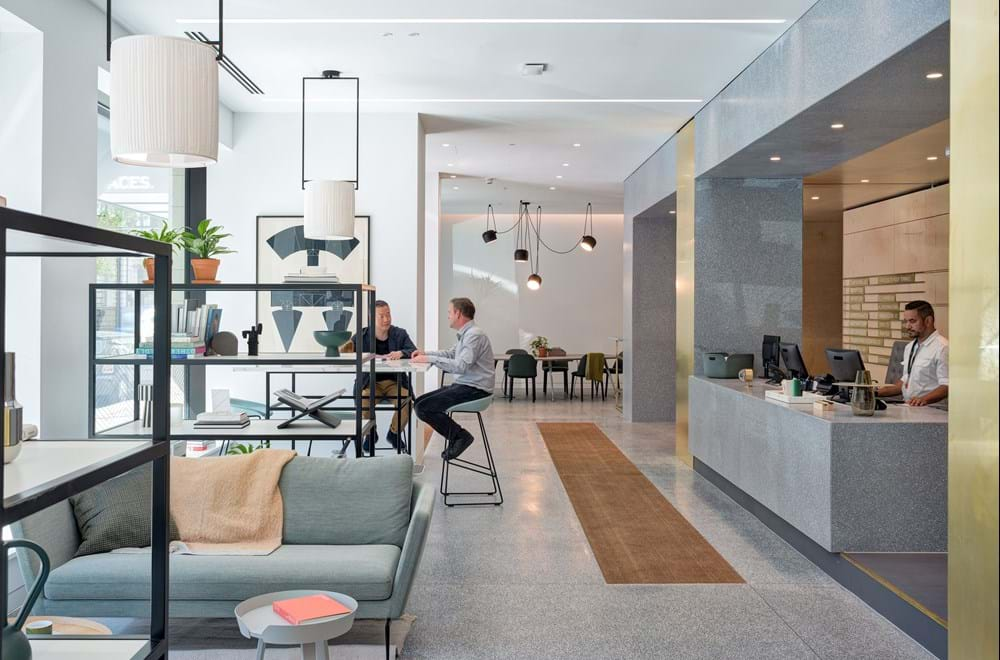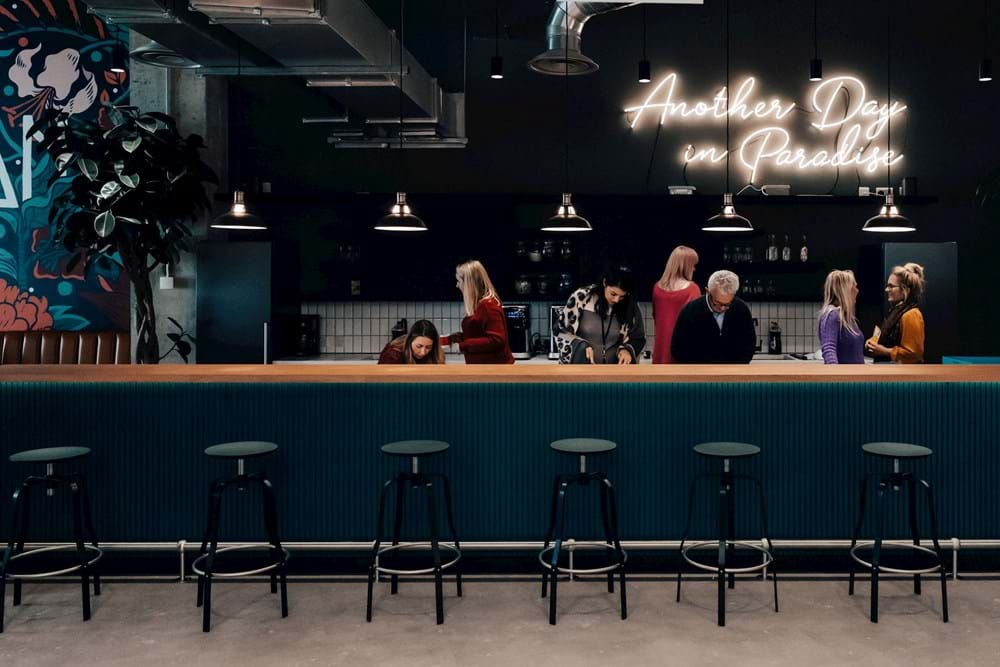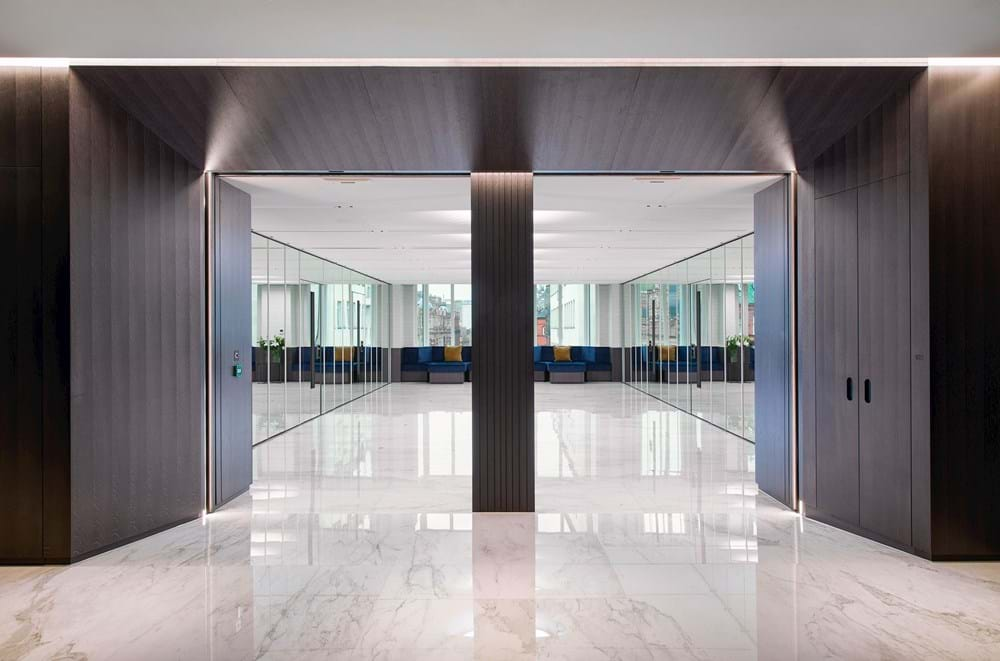The workplace renaissance: a backlash against nomadic working – and killer statistics that show the office is best
Research indicates employees are returning to the workplace – because they miss the water-cooler moments, office politics, and are not as creative.
After a decade-long trend of remote working, there is compelling evidence that hordes of people now want to return to the office – and that backlash is good news for employees and employers alike.
Granted, flexible working is an irreversible trend – the phrase “working nine-to-five” is largely limited to Dolly Parton fans visiting karaoke bars these days – thanks to the unstoppable gallop of technology, and the ultra-convenience it offers. But given that freedom, workers no longer want to snub the workplace, according to the latest statistics. As a result, they are happier and more productive.
Here follow five reasons – and killer stats – that prove not only that going back to the workplace is en vogue again, but that the office is here to stay.
The main reception area at Spaces, Harley Street
Creative juices flow more in the workplace
The average person in Britain spends 3,515 days at work; most of them in an office. For so long the place where we work has been undervalued, or not properly considered – and in part, this has contributed to the higher demand for remote working in recent times.
For the best results, the office should be thought of as a member of the team. Increasingly, business leaders are realising this and investing in full-scale office refurbishment, or even smaller, noticeable improvements that have a disproportionally impressive impact on office culture.
Microsoft research from 2017 reveals that 41 per cent of surveyed workers in United Kingdom offices said that uninspiring workplaces stunt their creativity. When you consider that, by 2020, creativity will be one of the top-three skills required from workers, according to the World Economic Forum, this finding is alarming.

Office attendance can help solve the productivity puzzle
With Britain languishing at the foot of the G7 productivity rankings, and third from bottom in the G20 equivalent, the need to boost our nation’s output is now critical. Consider that the average German worker produces more in four days than a British equivalent does in five, according to the latest international comparisons published by the Office for National Statistics (ONS) last October. Going back to the office will help solve the so-called “productivity puzzle”, the stats indicate.
It may seem like simple common sense, but a motivated, connected, and positive worker is much more likely to be productive, compared to an unhappy one. A 2018 Talent Works International report calculates that happy workers experience 31 per cent higher productivity, are 37 per cent better at selling, and show three-times more creativity than their unhappy counterparts.

Office banter is missing when working remotely
Plenty of other research posits that remote working can make people feel more stressed than in the office. In part, because working away from their organisation’s office makes them feel disconnected from colleagues. They miss the jocular workplace banter, the office gossip and even the politics. They crave those water-cooler moments.
The communal bar and teapoint area at Studio 19 for SLG Brands
Further, if such isolation from remote working is not addressed – or missed – it could lead to more sick days, depression, or worse. Consider that employees who report being happy at work take 10-times fewer sick days, the same Talent Works International report states.
With employers hotter on employee wellbeing – the old business adage that a “happy worker is a productive worker” has never been truer – there is even more reason to head back to the office.
Upgraded offices boost morale
Business leaders are more open to the idea of office refurbishment and fit out. According to Ricoh UK’s The Economy of the People report, published in May 2018, 65 per cent of executives said they had invested in the office in the past two years, and 82 per cent planned to plough more money into the workplace in the next two years.

It is well worth it, because even a little improvement in the office goes a long way, research suggests. Employees see their needs are being met, and motivation is boosted. In turn, employees working from home are enticed back to the office; remote workers don’t want to miss out on workplace benefits.
As Zoe Humphries, a Senior Workplace consultant at Steelcase, a global market leader when it comes to office furniture, says: “Organisations are looking to bring their people back into the workplace, but in a new type of workplace: one that offers a more human-centred experience that enriches the emotional, cognitive and physical wellbeing of people.
“The office renaissance is about creating meaningful places for people to work—places that feel good, but also perform, by harnessing new embedded technologies that help people navigate the complexity of work.”
A statement entrance at Verdanta
Absence does not make the heart grow stronger in the workplace
Out of sight, out of mind, goes the saying. And it’s certainly true when it comes to the workplace – at least that is what employees fear. They worry that by working remotely, and not engaging with colleagues and bosses in the office, they might be overlooked for promotions or new opportunities.
Workforce Futures, a report published in 2018 by Fuze, a business communications platform, backs up this statement. “A significant 93 per cent of employees would continue to incorporate spending some time at the office if they could create their ideal working week,” says Bradlee Allen, Product Marketing Manager for Fuze in Europe, the Middle East and Africa, of the research, which surveyed 6,600 global workers, 600 IT decision makers and 3,300 teenagers soon to enter the workforce.
He adds: “More than half of workers (53 per cent) currently work from the company office every day. Workers of all ages place importance on being visible with colleagues and value creating work-focused relationships.”



